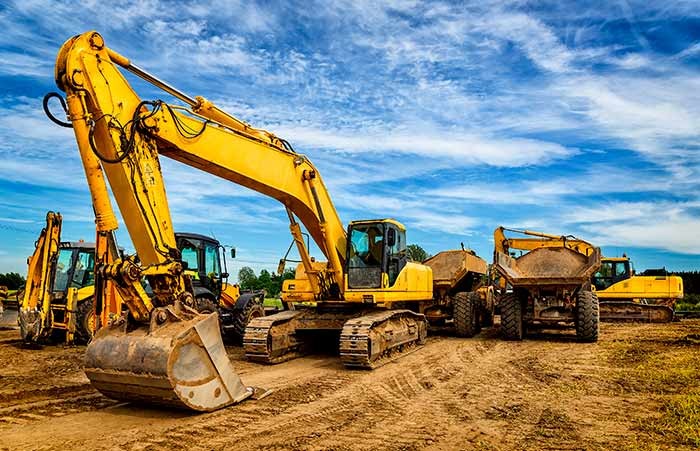In the rapidly evolving world of telecommunications, the backbone of our connectivity lies beneath our feet. Civil work in telecom, specifically Outside Plant (OSP) and Inside Plant (ISP) excavation, plays a crucial role in laying the groundwork for robust and reliable communication networks. Whether you’re an industry professional or a curious observer, understanding the intricacies of OSP/ISP excavation is key to appreciating the infrastructure that keeps us connected.
Understanding OSP and ISP
Outside Plant (OSP) refers to all the physical cabling and supporting infrastructure between a service provider’s central office and the end-user’s premises. This includes everything from fiber optic cables, conduits, and ducts to utility poles and manholes. Inside Plant (ISP), on the other hand, encompasses all the telecommunications equipment and cabling located within buildings, such as data centers, server rooms, and wiring closets.
The Importance of Excavation in Telecom
Excavation is the initial and arguably the most critical phase in telecom civil works. Proper excavation ensures the safe and efficient installation of cables and conduits, which in turn guarantees the performance and longevity of the telecom network. Here’s why excavation is paramount:
- Foundation of Network Integrity: Accurate and careful excavation prevents damage to existing utilities and infrastructure, maintaining network integrity and avoiding costly repairs.
- Safety: Proper excavation practices protect workers and the public by preventing accidents related to hitting underground utilities.
- Efficiency: Efficient excavation methods can significantly reduce project timelines, allowing for faster deployment of telecom services.
Key Steps in OSP/ISP Excavation
- Planning and Surveying: Before breaking ground, thorough planning and surveying are essential. This involves identifying the precise location of existing utilities, understanding soil conditions, and mapping out the excavation path. Utilizing Geographic Information Systems (GIS) and Ground Penetrating Radar (GPR) can enhance accuracy in this phase.
- Permitting and Compliance: Securing the necessary permits and ensuring compliance with local regulations is critical. This step helps avoid legal issues and ensures that the excavation adheres to safety and environmental standards.
- Site Preparation: Clearing the site of any obstacles, marking excavation boundaries, and setting up safety barriers are crucial preparatory steps. Proper site preparation minimizes risks and sets the stage for a smooth excavation process.
- Excavation Techniques: Depending on the project requirements and soil conditions, various excavation techniques can be employed. Common methods include trenching, horizontal directional drilling (HDD), and micro-trenching. Each technique has its advantages and is chosen based on factors like depth, length, and environmental impact.
- Cable Laying and Backfilling: Once the trenches or bores are prepared, the next step is to lay the fiber optic cables or conduits. This is followed by backfilling the excavated areas, ensuring that the ground is restored to its original or an improved condition.
Challenges and Best Practices
Challenges: Excavation in telecom civil work is fraught with challenges such as dealing with unexpected underground obstacles, adverse weather conditions, and ensuring minimal disruption to the public. Managing these challenges requires expertise, experience, and the right equipment.
Best Practices:
- Conduct thorough risk assessments to anticipate and mitigate potential issues.
- Use advanced technologies like GPR and GIS for precise planning and execution.
- Implement robust safety protocols to protect workers and the public.
- Maintain clear communication with all stakeholders, including local authorities, utility companies, and the community.
The Future of OSP/ISP Excavation
The future of telecom civil work, particularly OSP/ISP excavation, is set to be shaped by technological advancements. Automation, AI-driven predictive analytics, and sustainable excavation practices are likely to revolutionize the industry, making it more efficient and environmentally friendly.
Conclusion
Civil work in telecom, especially OSP/ISP excavation, is the foundation upon which modern communication networks are built. Understanding its importance, challenges, and best practices is crucial for anyone involved in the telecommunications industry. As we move towards a more connected future, the role of precise and efficient excavation will only become more vital in ensuring that our networks remain robust, reliable, and ready to meet the demands of tomorrow.
By focusing on meticulous planning, innovative techniques, and stringent safety standards, the telecom industry can continue to lay the groundwork for a connected world.

